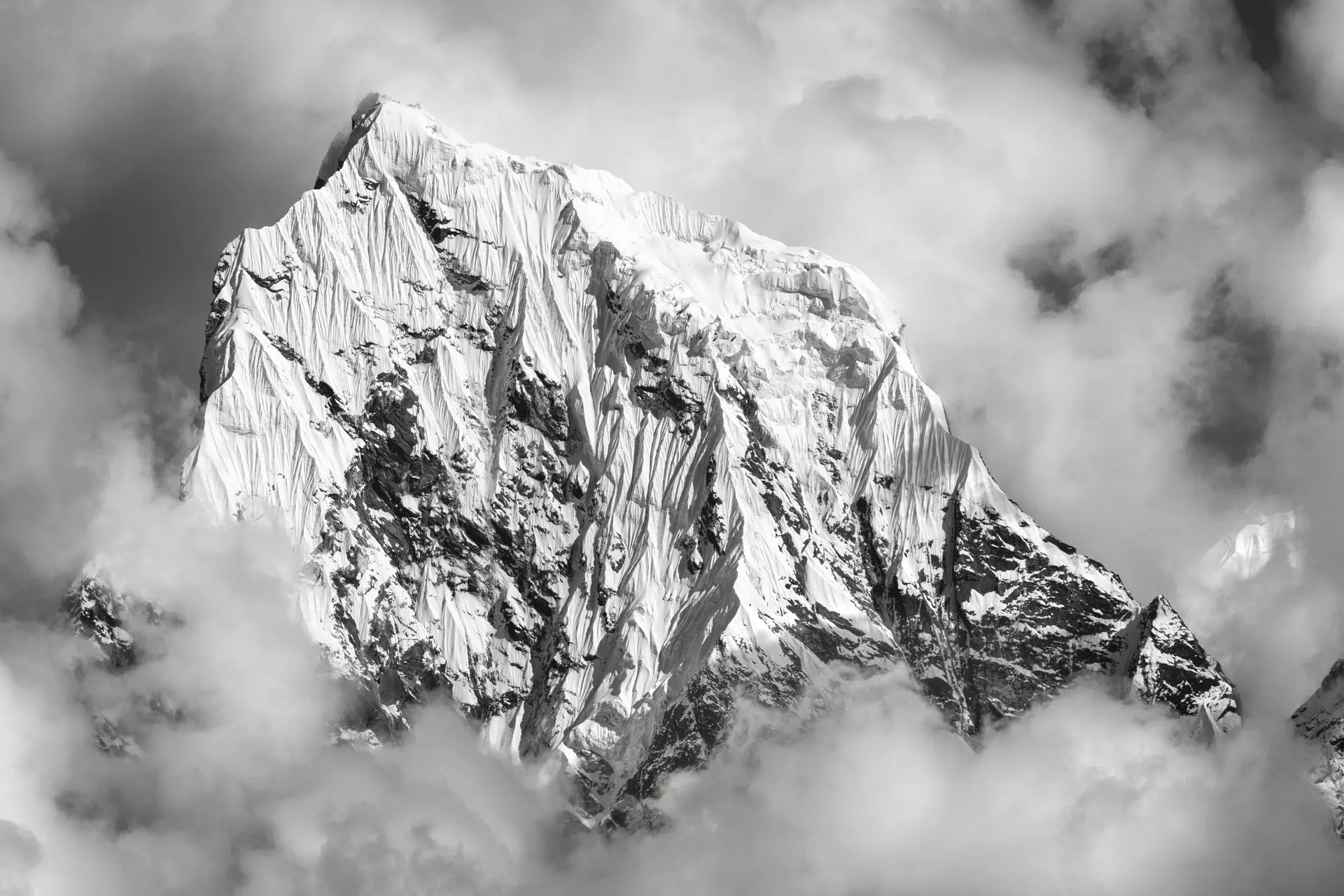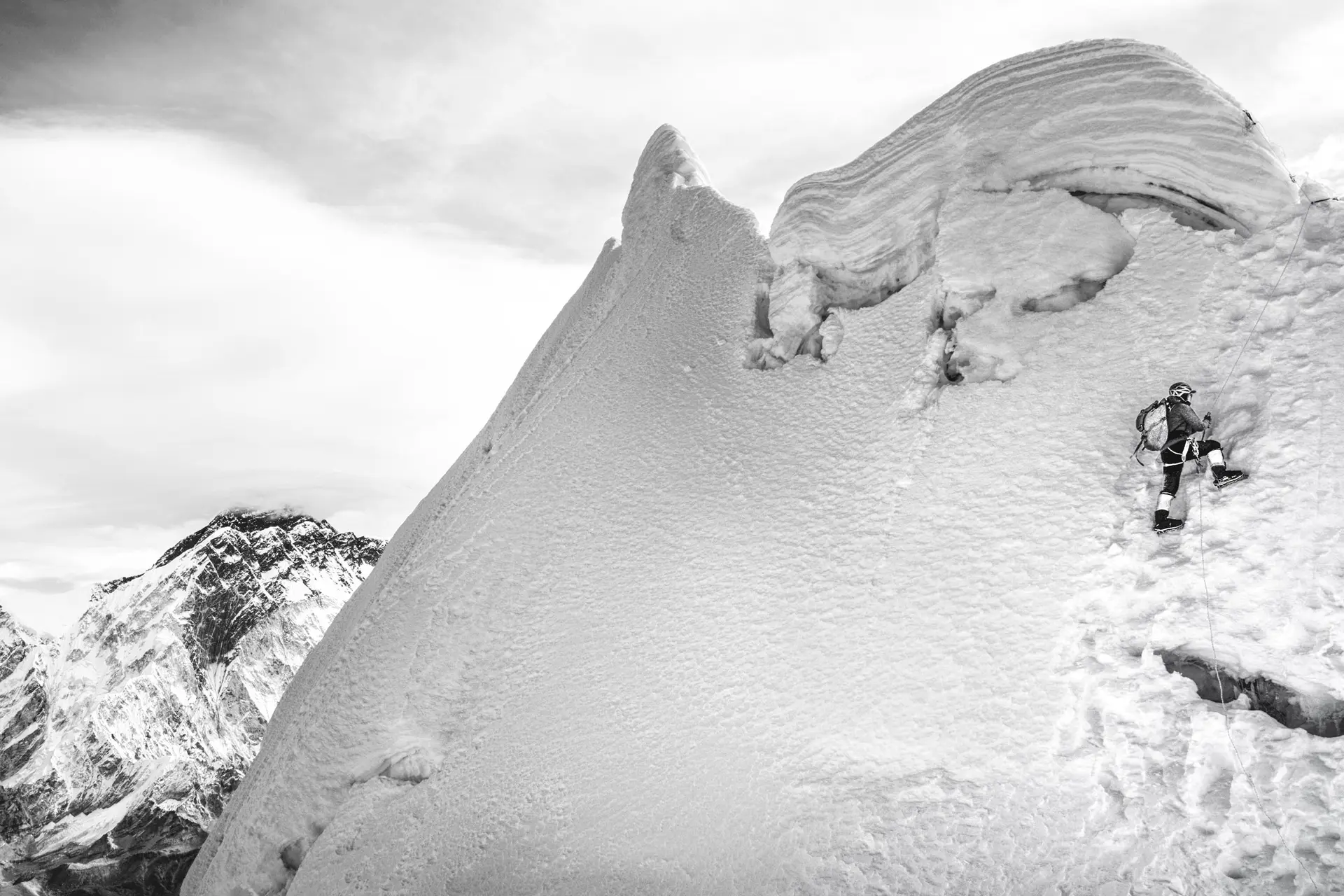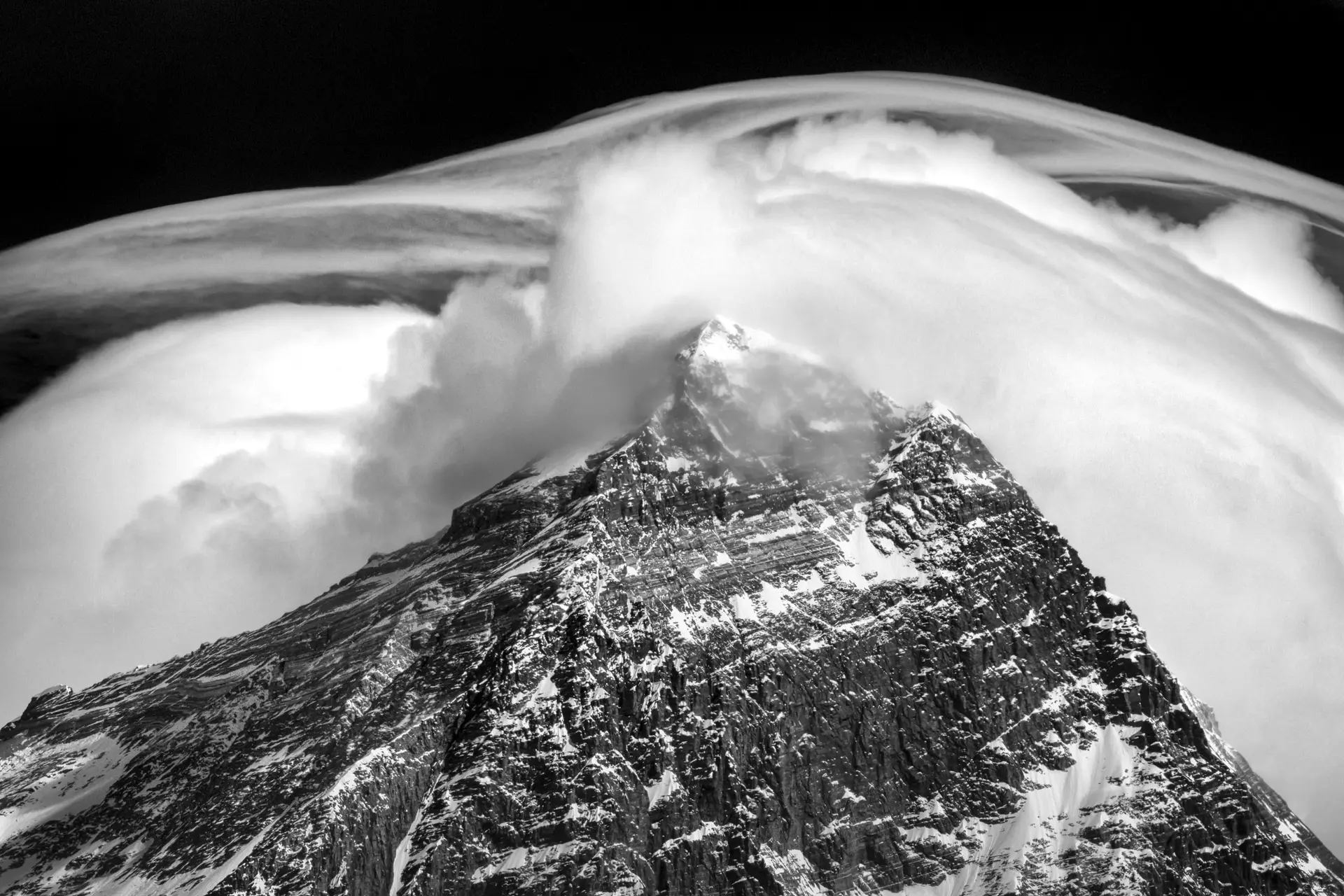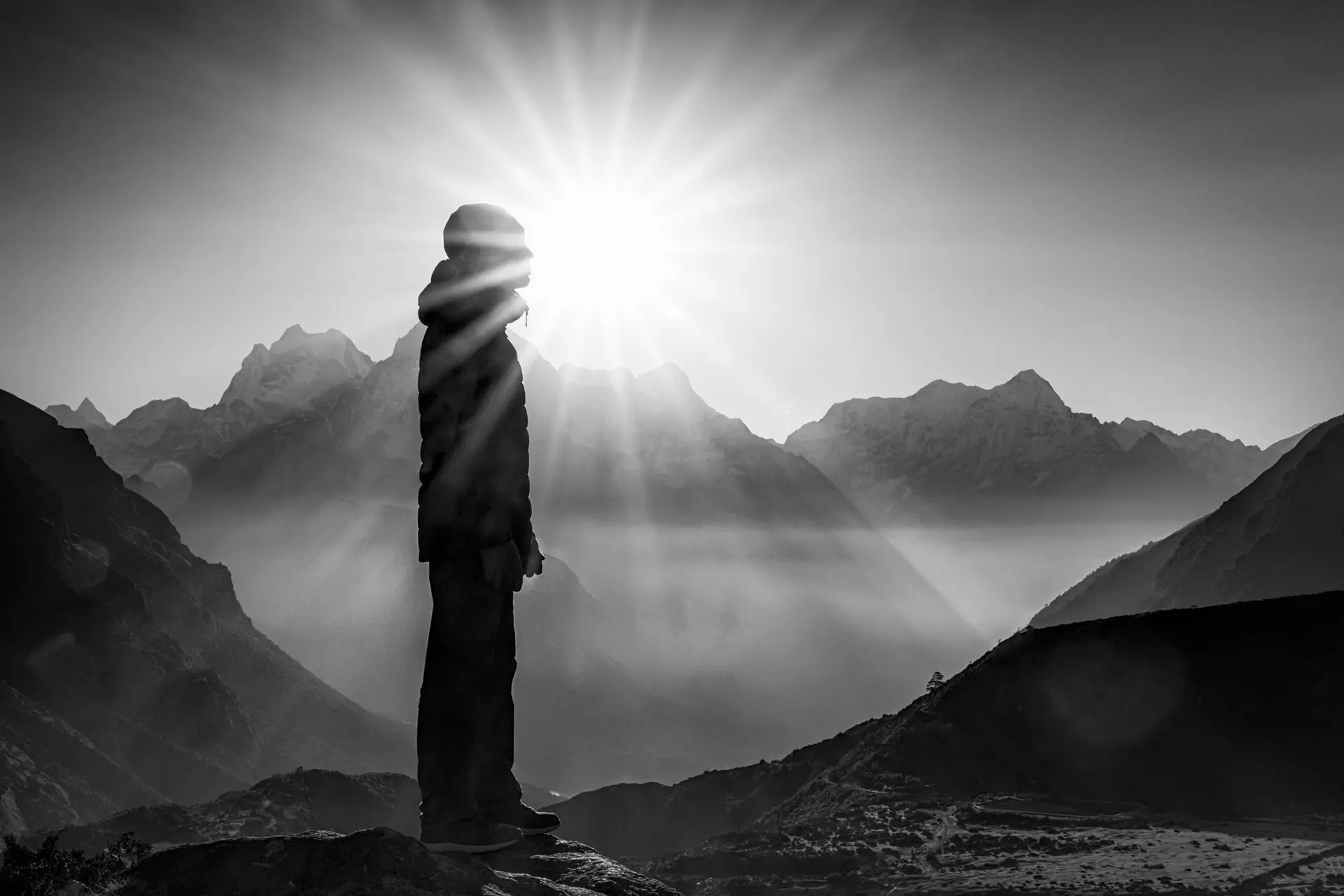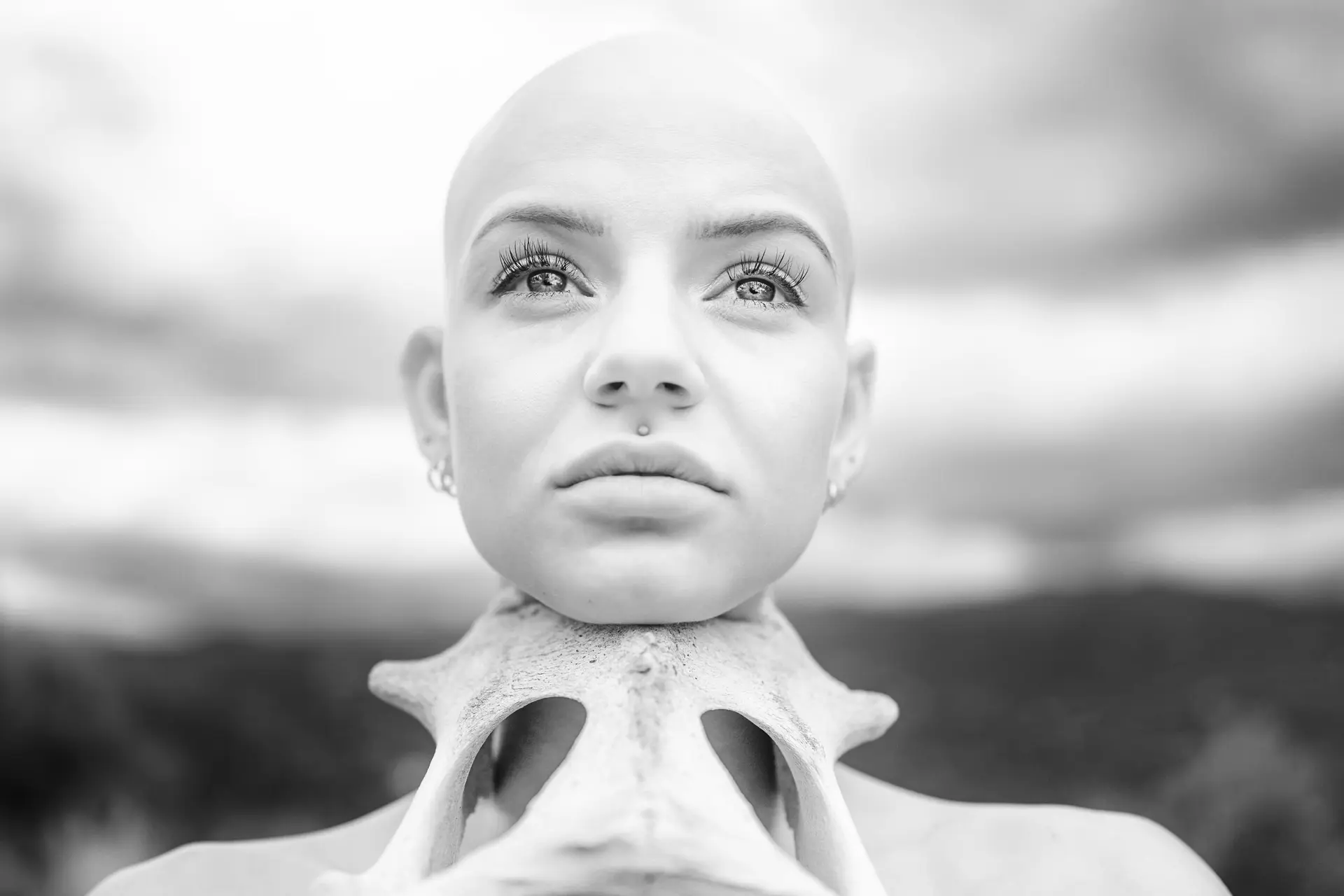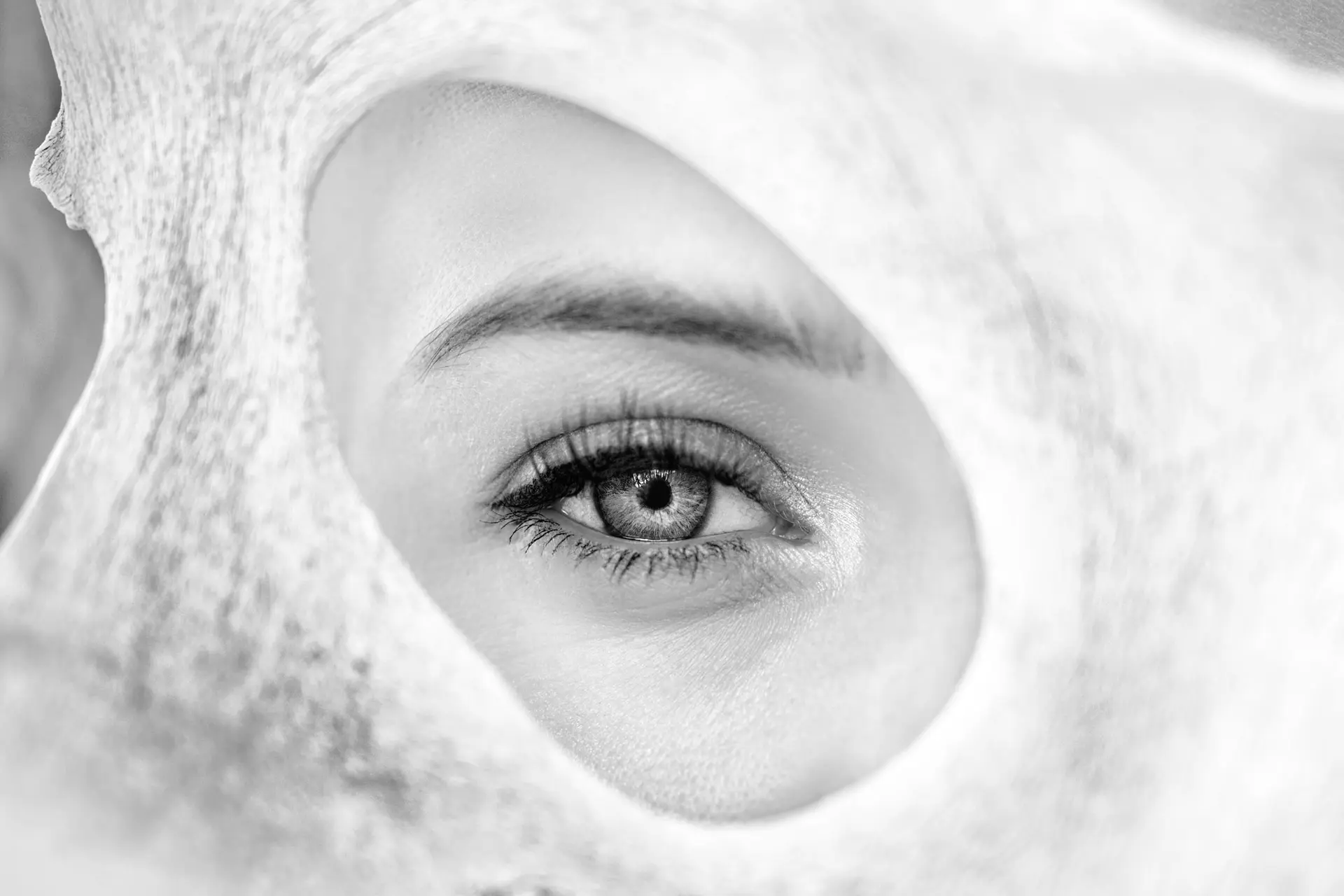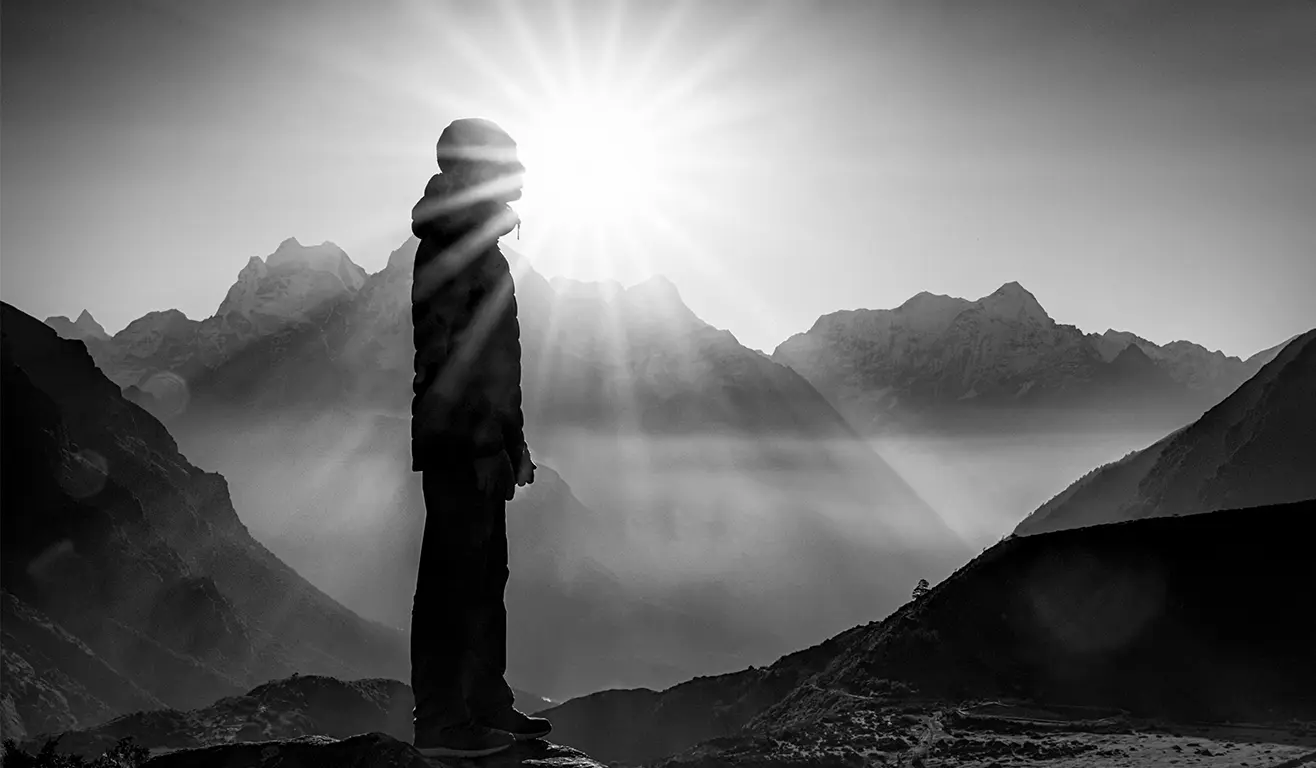
Her Legacy
Cira Crowell
Trek through a visual exploration of light and life with artist and photographer, Cira Crowell. With a lifelong passion for black and white imagery, Cira's work spans conceptual fine art, adventure, landscape, cultural studies, documentary and humanitarian themes, covering stories from continent to continent. Discover the inspiration that guides Cira to continue her search for illumination.
1. Tell us the story behind the first image you ever made.
More important than one image was the story of my first camera, a Leicaflex SL2 that belonged to my late grandfather. He was passionate about Leica for decades, and I still use many of his lenses on my digital SL2. He would have loved that his gear was such an inspiration and still travels the world 50 years on. The Leicaflex SL2 was beautifully simple, with a luminous viewfinder and ever-inspiring feel –– it was the best teacher. Sometimes, I press the shutter just to listen to it and reconnect with that early joy. Twenty-five years later –– when the Leicaflex SL2 was modernized as a digital Leica SL –– it was a dream come true. The new SL2 is a continuation of that legacy.
2. What are some of the challenges you’ve encountered in your visual storytelling, and how did you approach these issues?
Visuals require inspiration, and storytelling requires empathic awareness. I spent years in the fine arts world, then took a deep dive into documenting remote humanitarian medical clinics while an intensive chaplaincy program for hospice, prison and end-of-life caregivers honed my sensitivities to suffering and compassionate care. Keep one foot in the photographic world and one foot out of it to educate and inform your storytelling. One of the biggest challenges is believing the story you need to tell is important enough. Don’t question the inspiration, just begin and see where your story leads…
3. What is a piece of advice offered to you, related to photography, that has been most valuable to you?
Play well with others. Always be kind rather than competitive. Be genuinely interested in subjects, not shallowly acquisitive. Make friends along the way. A life of photography is more about ongoing interconnection than isolated accomplishments. Playing well with others also means being kind to yourself –- photography is a process and you must be patient and consistent with yourself in order to develop your skills, especially when it comes to working with others. This bit of advice goes full circle for every project.
4. Of all the projects you have worked on, which one left an indelible impression on your current point of view?
Each project informs point of view. My most recent project was being the Executive Producer and Lead Expedition Photographer of a documentary film because I was so inspired by a story I saw unfolding through my camera. Dream Mountain is the story of a pivotal time in the life of my dear friend, the elite mountaineer and mother, Pasang Lhamu Sherpa Akita. Because of the Dream Mountain project, I found myself summiting the knife-edged ridges of Cholatse, a fierce, technical, 6,440m/21,130ft Himalayan peak with my very cold, trusty Leica SL. Most of the story was filmed with Leica lenses. You can follow the project on https://www.instagram.com/dreammountainfilm/
5. Based on your experiences, what advice would you give the next generation of photographers?
Instead of asking others where to take your photography, ask yourself where your photography is taking you. Photography is an inner journey and outward adventure. Accept the inner questions and outer challenges. Let it take you places that expand your view of the world, and voice the experience. Photography does not have to take you to the other side of the world, but it should always take you deep within your heart. Don’t worry about style or story; your photography will be much more poignant if you explore and share from your innermost motivation. Your intrinsic motivation is deeper than any outside influence, it is the true seed of your vision and voice.
6. Of all the images you have made, which one is most important to you? Why?
The images of Mt. Everest/Chomolungma are collectively, the most meaningful to me. I’m fascinated by the koan of making poignant portraits of enigmatic mountain faces. Each photograph of Everest involved months of planning, tremendous physical effort, determination, overcoming discomfort, technical discipline and the challenge of dealing with gear at the highest elevations in the world. It’s easy to be too cold or too tired, hanging out in a cozy teahouse until better weather. Photographic opportunities last seconds in the high altitude winds. It isn’t just about a decisive moment, it’s about an intense focus of passion, the patience to show up and wait in below freezing temperatures above 5,000m/16,400ft, and the skill set to evoke the story in every moment.
7. What image do you see, but have not yet created?
I’m usually pretty lucky, but I have tried for years to capture a full moon rise over Everest. The moon is an ongoing theme in my work, and it’s so ironic that one shot has been so evasive. Putting a positive spin on it, I can’t wait to go back to the Himalayas and try again! That being said, every future image is the one I see and have not yet created. To photograph is to begin again and again, opening the eyes and heart to each moment.
8. Tell us about your creative process as a travelling photographer.
I keep running shot lists on a phone app or in a small moleskin journal and hone them constantly. When traveling, I look at the shot lists everyday as an intuitive process that shapes attention. Sometimes, it can feel like a to-do list, but anticipating photographic opportunities increases your luck! Most of my projects take several years so when I return from a trip I immediately update the shot list for next time. Shot lists are a creative lifeline.
9. What sparks your passion and inspires you to pick up a camera everyday?
I’m fascinated by the character of light in our world and how light and life connect at all levels, from the physical to the philosophical. I often speak of the importance intrinsic motivation, the inner light of inspiration. Leica certainly reflects that level of intrinsic passion. I have been using a Leica Camera for over 30 years and just to touch one brings a thrilling sense that life is important enough to be photographed. Home is everywhere. Every familiar place on earth is exotic and unknown to someone else. Every day is a journey.
10. What are some of the challenges female photographers face when trying to make it?
Surprisingly, gear is still a huge barrier in many ways. As a girl, camera gear was off-limits. As an adult, being belittled or dismissed by salespeople has remained a consistent, surprising, international issue, despite women holding major consumer power. The person who sold me my first Leica S handed the bag over the counter and said, “This camera is wasted on you.” My heart sank. Instead, I vowed to make that camera worthwhile. It was not a camera, it was a life-expanding commitment and I did everything from street, to humanitarian, adventure and conceptual fine art studio work with the S for years.
11. What are your hopes and expectations for the Leica Women Foto Project?
It wasn’t so long ago when a Leica blog had four posts of women in one year, four out of over 100 posts. I counted and re-counted, dismayed but not surprised. So, Leica Women Foto Project is a huge achievement already! I’m touched by the honesty and raw strength in the previous Leica Women Foto Project posts. Congratulations to Leica and thank you for including my work in this pivotal project. In her powerful documentary, This Changes Everything, actor and activist Geena Davis concludes: “What’s good for women is good for the world.” Seeing each other is honoring each other. Let’s honor ALL others, together.
12. In your opinion, what characterizes a female perspective. How does it differ from a male perspective?
A great eye is a great eye. Honestly, I love that there is not a measurable gender differentiation between masterful photographic works. Photography has the power of equality but the photographic world is still too far from parity, much less inclusiveness of all genders and ethnicities. In 2018 National Public Radio reported, “85 to 90 percent of the news imagery we consume is created by men.” Unconscious bias is real and demoralizing. To be honest, I still knock my shoulder against it every single day, but have learned to keep going and knock harder. To answer your question specifically, I would say what characterizes a female perspective is tenacity to keep going despite pervasive misogyny, even from other women.
To pick up a camera and learn to use it intuitively is an achievement. To venture out into the world is an act of courage. To share stories is an expression of caring. To put voice to vision is an act of resistance. To create art is an act of transcendence beyond intrinsic and extrinsic limitations. Cheers again to the Leica Women Foto project – what’s great for everyone is great photography.

Connect with Cira
Her story doesn't end here.
Continue the journey with Cira Crowell on social media:
Instagram: @ciracrowell
Facebook: Cira Crowell
Website: www.ciracrowell.com
